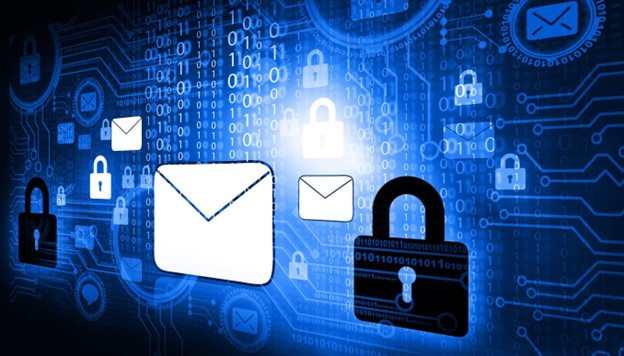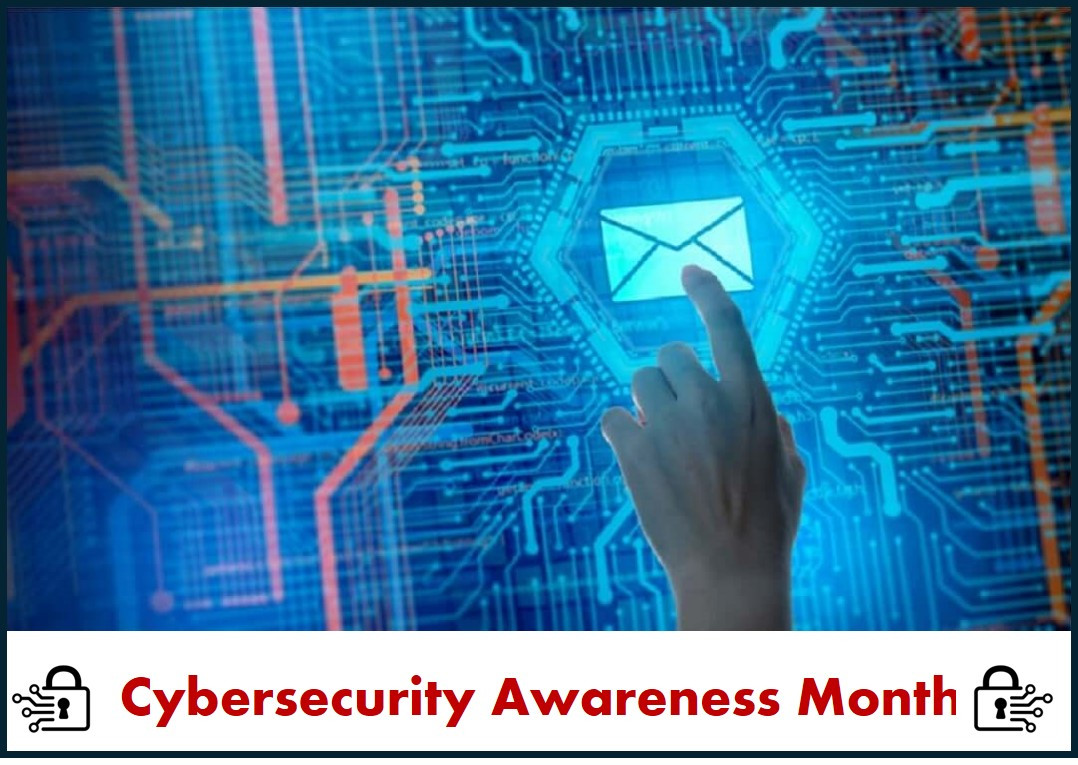InTegriLogic Blog
In today's world of cyber threats, email security is more important than ever. One of the most common types of email fraud is phishing, where attackers impersonate legitimate businesses or individuals to steal sensitive information. To protect your organization from these types of attacks, DMARC and DKIM are essential tools to improve your email security.
In today’s digital world, email is one of the top entry points for cyberattacks. From phishing scams to ransomware, a single malicious email can cause significant damage to your business. That's where Sophos Email Advanced comes in – a powerful email security solution designed to protect your business from these evolving threats.
What is Business Email Compromise (BEC)?
Business Email Compromise (BEC) is a scam where cybercriminals impersonate a trusted person, like your CEO or a vendor, to trick your employees into sending money or sensitive information. It’s different from phishing because it targets your business with social engineering.
Microsoft 365 (O365) has become a staple for businesses, offering seamless email, collaboration tools, and cloud storage. However, one crucial aspect many businesses overlook is the need for O365 email backup. While O365 provides a basic data retention policy, it doesn’t offer the same protection against data loss as a dedicated backup solution.
Business Email Compromise (BEC) is a type of cybercrime where criminals impersonate an executive, vendor, or trusted partner to trick employees into sending money, sensitive information, or making fraudulent transactions. Unlike phishing attacks that rely on fake emails to steal login credentials, BEC scams use social engineering to manipulate targets and often look like legitimate business requests.
Business Email Compromise (BEC) is a sophisticated cyber threat that targets organizations through email fraud, often leading to significant financial loss and reputational damage. BEC attacks typically involve hackers impersonating executives or trusted partners to trick employees into transferring funds, sharing sensitive information, or executing fraudulent transactions.







